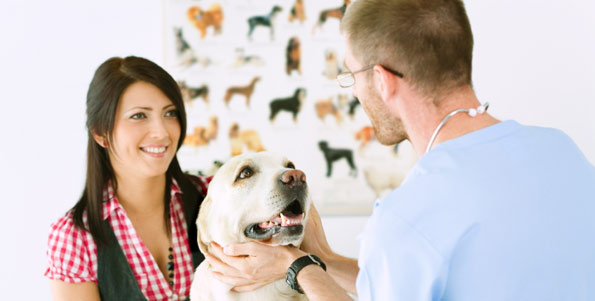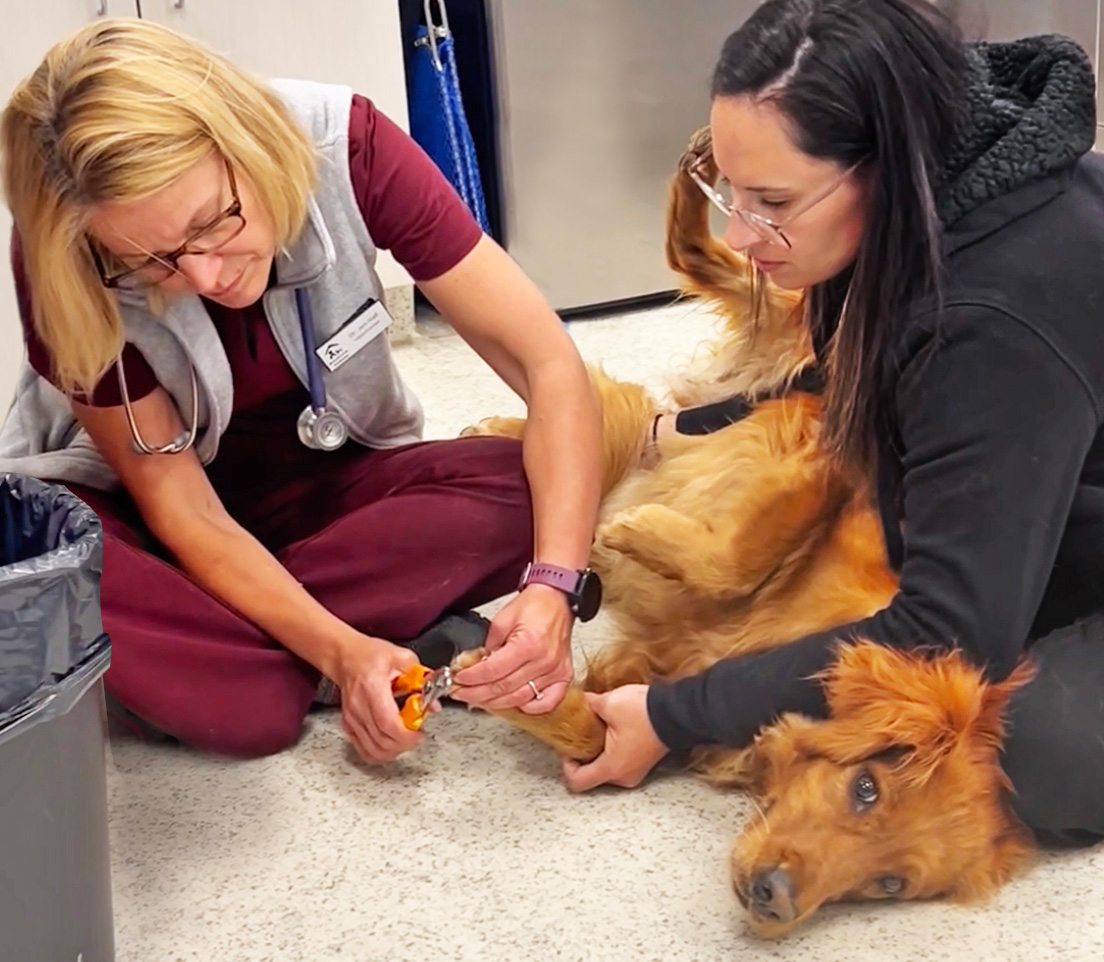All About Veterinarian Surgical Procedure: Recognizing the Importance of Specialist Take Care Of Your Family pets
Veterinary surgical procedure is a crucial element of pet health care. It encompasses numerous procedures, from regular optional surgeries to urgent interventions. Understanding the intricacies of these surgical procedures can help pet dog proprietors make informed choices. The prep work, implementation, and recuperation phases are important for making sure the health of pets. With appropriate expertise, owners can browse the intricacies of vet treatment. What elements should be thought about prior to a family pet undertakes surgery?
Kinds Of Veterinarian Surgeries
When a pet requires medical intervention, comprehending the different types of veterinarian surgeries can assist family pet proprietors make informed decisions. Veterinary surgeries can be broadly classified right into 3 major kinds: optional, urgent, and emergency surgical procedures. Optional surgical procedures, such as spaying or neutering, are planned treatments that are not immediately deadly. Immediate surgical procedures, like those for foreign body removal, need to be done soon yet are not lethal in the minute. Emergency situation surgical treatments, such as those addressing serious injury or inner bleeding, are critical and need instant attention.Additionally, surgical procedures can differ in intricacy, ranging from minimally intrusive laparoscopic treatments to extra considerable open surgical treatments. Each type of surgical treatment lugs its own dangers and recuperation procedures. Recognizing these categories permits animal owners to engage in purposeful conversations with vets, bring about much better end results for their precious pet dogs.
Planning for Your Family pet's Surgery
Preparing for a family pet's surgical treatment entails an extensive checklist to guarantee all fundamentals are covered. Reliable communication with the veterinarian is important for understanding the procedure and any kind of essential pre-operative actions - tplo surgery for dogs. In addition, having clear post-operative treatment directions will aid proprietors provide the best assistance for their recouping pets
Pre-Surgery Checklist Essentials
Assuring a smooth medical experience for a family pet calls for cautious prep work and attention to information. A pre-surgery checklist is essential for family pet proprietors to comply with. Initially, confirming the set up surgical treatment date and time is important. Proprietors ought to likewise confirm that their pet has not eaten according to the veterinarian's guidelines, generally for 8-12 hours before surgical procedure. Gathering needed medical documents, consisting of inoculation history, is crucial for the vet's review. It is likewise advisable to prepare a comfy room in your home for the animal's recuperation after surgical treatment. Owners ought to have a plan for transport to and from the vet center, making sure that the pet dog is secure and comfy throughout the journey. Adhering to these actions can considerably enhance the medical experience.
Communicating With Your Vet

Efficient interaction with the vet is essential for an effective surgical experience for animals. Owners should be prepared to review their pet dog's clinical background, consisting of any pre-existing conditions, medications, and allergies. This info helps the vet examine threats and customize the medical strategy as necessary. Additionally, pet proprietors must ask concerns relating to the treatment, anesthesia, and anticipated results to guarantee they totally understand the process. Making clear any questions can relieve anxiety for both the pet dog and the owner. It is also important to connect any kind of behavior modifications or problems observed in the animal leading up to the surgical treatment. Eventually, clear dialogue cultivates trust fund and cooperation, making certain that pets receive the most effective possible treatment during their surgical journey.
Post-Operative Care Recommendations
After going over the procedure with the vet, pet dog owners should concentrate on post-operative treatment directions to facilitate a smooth healing for their pets. These guidelines generally consist of checking the medical website for signs of infection, such as redness or discharge. Family pets may require to be maintained calm and restricted to avoid extreme motion that can interrupt healing. Pain management is important, so proprietors ought to adhere to the veterinarian's support on providing medications. Furthermore, dietary restrictions may be suggested to stay clear of gastrointestinal upset. Routine follow-up visits are necessary to ensure correct recovery and resolve any problems. By sticking to these post-operative care instructions, animal proprietors can considerably add to their pet's healing and overall health.
The Surgical Refine Explained
The surgery for pets encompasses essential actions that guarantee their safety and healing. Pre-surgery prep work are crucial for minimizing dangers, while post-operative care guidelines play an important duty in promoting recovery. Recognizing these parts helps pet dog owners browse the surgical experience better.
Pre-Surgery Preparations
Prior to an animal goes through surgical treatment, numerous crucial preparations should occur to guarantee a safe and effective treatment. A comprehensive veterinary evaluation is necessary to assess the family pet's overall wellness and recognize any potential dangers. This may consist of blood examinations, imaging, or other diagnostics. The veterinarian will likewise review anesthetic choices customized to the animal's certain needs. Furthermore, pet dog owners are typically instructed to keep food and water for a specified time prior to surgical procedure to decrease the danger of complications during anesthetic. It is very important for owners to provide a total case history, consisting of any drugs or allergic reactions, making sure the surgical group has all necessary details. Correct interaction and adherence to pre-surgery standards can greatly boost the end result of the treatment.
Post-Operative Treatment Guidelines
Appropriate post-operative treatment is necessary for guaranteeing a pet's recovery complying with surgical procedure. After the treatment, family pets should be monitored very closely for any kind of indications of difficulties, such as too much blood loss, swelling, or unusual actions. It is very important to comply with the vet's guidelines regarding drugs, including discomfort relievers and prescription antibiotics. Family pets need to be kept in a silent, comfy atmosphere to minimize stress and advertise healing. Restricting activity is vital; short, leashed walks might be required, but jumping or running must be prevented. Normal follow-up visits need to be scheduled to assess the recovery process. Furthermore, the surgical site has to be maintained tidy and completely dry, with any kind of indicators of infection reported to a veterinarian immediately. Complying with these guidelines enhances recuperation outcomes.
Anesthesia and Discomfort Administration
Effective anesthesia and pain management are necessary parts of vet surgical treatment, making certain that animals continue to be comfy and secure throughout the procedure. Vets assess each animal's private needs, taking into consideration aspects such as age, weight, health status, and the type of surgical procedure being performed.Anesthesia procedures generally consist of a combination of pre-anesthetic medications, induction agents, and inhalant anesthetics, enabling precise control over the animal's degree of awareness. Surveillance throughout surgery is vital; vets continually observe vital signs to attend to any kind of possible difficulties promptly.Pain management techniques may entail opioids, non-steroidal anti-inflammatory medicines (NSAIDs), and regional anesthetics, customized to the pet's specific circumstance. This complex approach helps minimize pain and advertises a smoother surgical experience. By prioritizing reliable anesthetic and pain monitoring, vet specialists enhance the general welfare of animals going through medical treatments, ensuring they obtain the greatest standard of care.
Post-Operative Treatment and Recovery
Following surgical procedure, the emphasis shifts to post-operative treatment and recovery, which is vital for making sure a pet dog's secure go back to regular activities. During this duration, animals require a peaceful, comfortable setting to help healing. Proprietors should very closely monitor their family pets for any type of signs of pain or unusual behavior.Veterinary guidelines typically consist of certain instructions connected to medicine administration, injury treatment, and nutritional modifications. It is important to follow these recommendations to reduce complications and advertise healing. Animals might require to be restricted from vigorous activities, here such as running or jumping, during their recovery period (canine tplo surgery).Regular follow-up appointments with the vet enable tracking of the family pet's progress and prompt changes to the care plan. Offering emotional support and companionship can likewise enhance an animal's recovery experience, assisting to alleviate stress and anxiety and anxiety. Overall, attentive post-operative treatment plays a substantial role in accomplishing a successful recovery
Identifying Difficulties After Surgical Procedure
How can pet dog owners determine problems after surgical treatment? Awareness of certain indications is necessary for ensuring the well-being of family pets during healing. Common indicators consist of excessive swelling, redness, or discharge at the medical site, which might indicate infection. Additionally, relentless discomfort, indicated by whimpering or unwillingness to relocate, should prompt instant attention. Modifications in cravings or water consumption can likewise suggest difficulties; a reduction in these behaviors may signify discomfort or distress.Moreover, family pet proprietors should check their animals for any unusual actions, such as sleepiness or problem breathing, as these can be indications of significant concerns. Vomiting or diarrhea complying with surgery may require urgent veterinary assessment. Identifying these issues early can considerably influence a pet dog's recovery process, highlighting the relevance of alertness and punctual communication with a veterinarian for any type of worrying signs.
The Role of Vet Specialists in Surgical Treatment
Veterinary professionals play a necessary duty in making sure the security and success of procedures for pets, particularly adhering to surgical treatment when checking and treatment are critical. These specialists consist of vets, vet service technicians, and assistance staff, every one of whom contribute specialized skills to the medical process.Before surgery, veterinarians perform detailed assessments to evaluate the pet's wellness, guaranteeing that any hidden conditions are handled. During the procedure, the surgical group offers anesthesia, keeps clean and sterile atmospheres, and checks key indicators, very important for lessening risks.Post-operative care is equally considerable; vet experts observe for problems, manage pain, and overview owners on healing techniques. Their know-how allows them to recognize early indicators of distress or infection, making sure timely treatment. Eventually, the collective efforts of veterinary professionals in medical care cultivate a secure atmosphere, promoting the wellness of pets throughout the medical journey.

Frequently Asked Questions
Exactly how Do I Choose the Right Vet Surgeon for My Animal?
Picking the ideal veterinary surgeon includes looking into credentials, reading testimonials, and examining the facility's setting. It is necessary to review the surgeon's experience with specific treatments and their interaction style when making a choice.
What Are Usual Misconceptions About Vet Surgeries?
Typical mistaken beliefs about veterinarian surgical procedures include beliefs that they are constantly risky, unnecessary, or only for emergency situations. Many family pet proprietors underestimate the advantages of preventive procedures and the ability associated with vet surgical care.
Exactly How Much Will My Pet dog's Surgery Expense?
The expense of a pet dog's surgery can differ significantly based on elements such as the kind of procedure, the veterinarian's experience, and geographical place (canine tplo surgery). Typically, expenditures vary from a few hundred to several thousand bucks

Can My Pet Eat Before Surgical Procedure?
Before surgical treatment, it is usually encouraged that pet dogs refrain from eating for a specific period. This fasting aids lower the threat of issues throughout anesthetic. Proprietors need to consult their vet for precise guidelines tailored to their pet's demands.
Suppose My Pet Dog Has Pre-Existing Wellness Issues?
When an animal has pre-existing wellness conditions, it's important for the veterinarian to analyze these aspects prior to surgical treatment. This evaluation assurances ideal precautions are taken, lessening threats and optimizing the pet dog's total safety throughout the treatment.